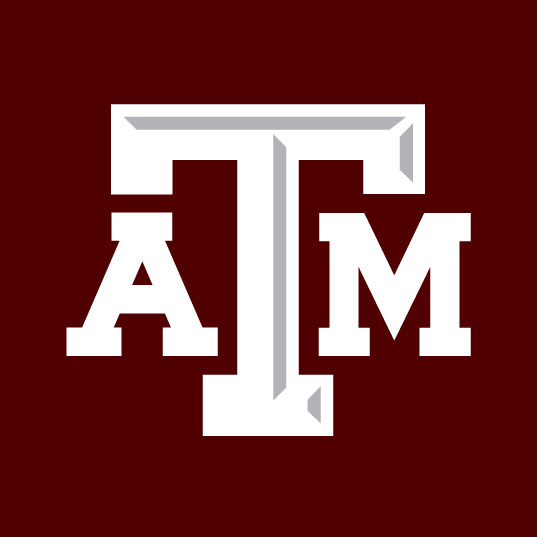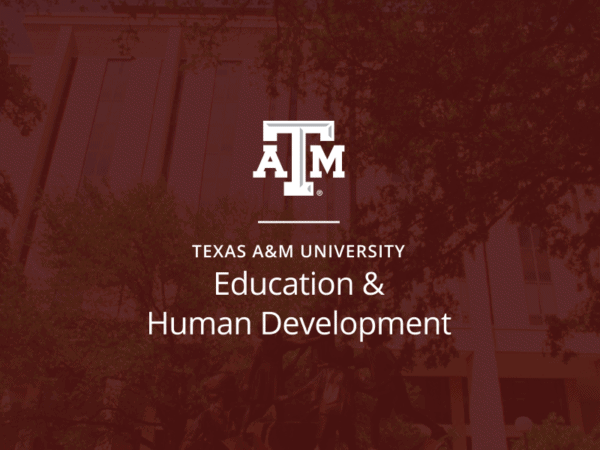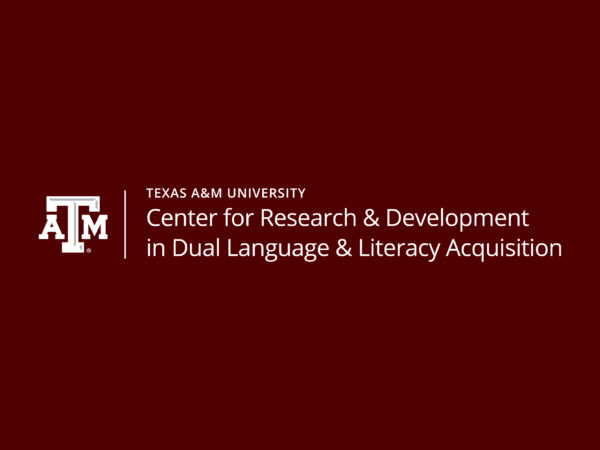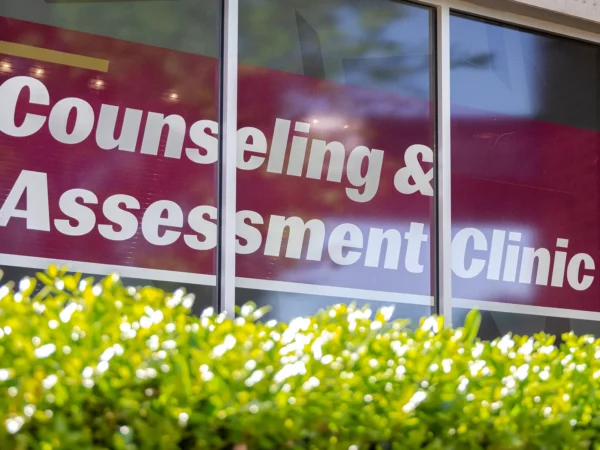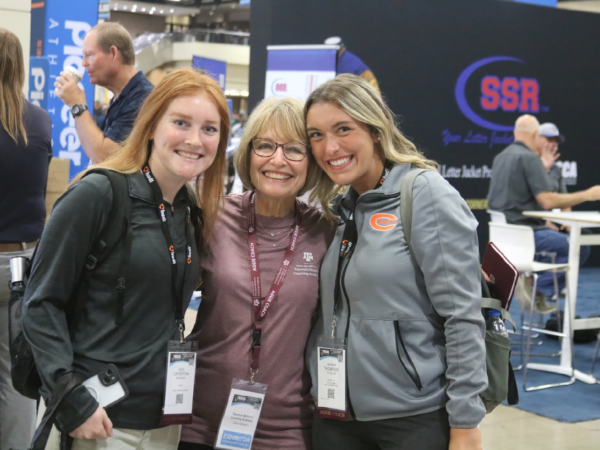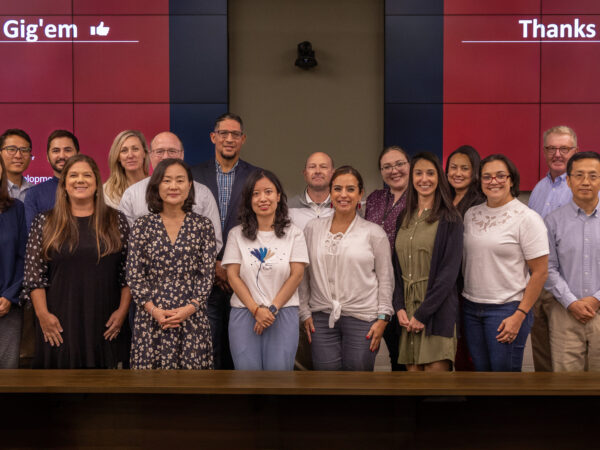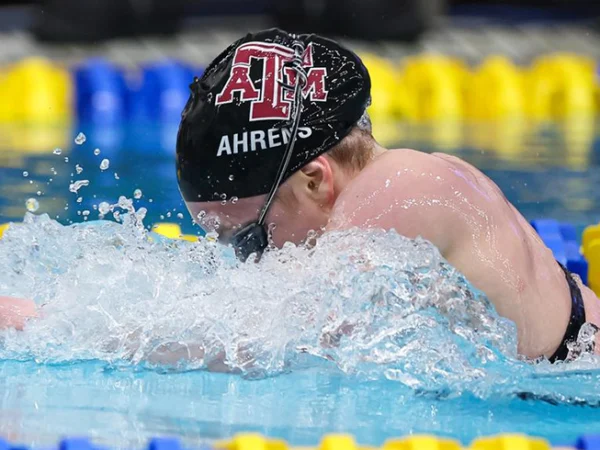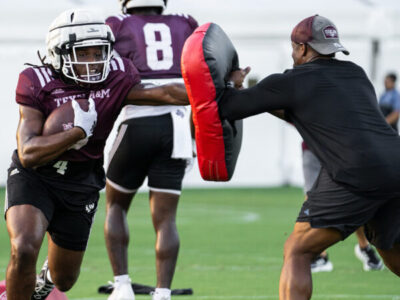Health education researchers partner with Hearne to improve rural health
Health education is not one size fits all, especially in rural areas where accessing healthcare services can be a challenge.
Dr. Whitney Garney and Dr. Shevon Harvey, faculty in the Department of Health and Kinesiology, partnered with community stakeholders to address health issues in the neighboring, rural community of Hearne, Texas.
Hearne is located about 27 miles north of Texas A&M with a population under 5,000. Over the past several years, they have experienced community-level issues, one being substance and alcohol misuse in their youth population.
Prior to receiving funding in September 2018 from the Robert Wood Johnson Foundation, they first sought the expertise from a community partner that could provide insight into the community.
Community involvement
“We are working with a community partner, Alton Burton from the Brazos Valley Council, to create innovative ways to address these issues,” Harvey said. “As part of the community-based participatory research process, we identified key stakeholders in Hearne to work together to create solutions.”
Community-based participatory research is different from traditional research. Instead of identifying problems and relaying feedback to Hearne, they invite community members to participate in identifying issues and creating interventions.
“The community is very involved throughout the process, creating ownership and later on sustainability,” Garney said.
From this, they learned that the youth population is introduced to a world of substance misuse because there is a lack of healthy activities for them to engage in after school.
“We conducted a series of interviews with stakeholders and they told us that the main issue is related to resources within the community that enabled their youth to succeed,” Garney said.
Garney, Harvey and Burton are fellows in RWJF’s national team of Interdisciplinary Research Leaders. Prior to starting this specific research, they attended trainings and meetings to better understand community-based research about health disparities and inequities.
Alton Burton, Community Outreach Coordinator for the Brazos Valley Council on Alcohol and Substance Abuse, said the trainings exposed him to new ideas and helped him understand the research side of the project.
“I think a lot that has been invested into the program is to ensure that beyond the three years of the program, that the fellow leaves with more leadership skills, a better understanding of research and how we all can contribute to that culture of health that is being promoted,” Burton said.
Building capacity to foster sustainability
Garney and Harvey are also focused on sustainability. By working with community partners, they are building the community’s capacity to tackle other issues after they leave.
“We are bringing in our technical expertise, but they are bringing in their community hat and their understanding of the context in which all of these things are occurring,” Garney said. “By co-creating that intervention to address locally identified issues, then we are not just hopefully solving a problem, but we are also building capacity to do that process again within the community once we leave.”
Specifically, they are hosting a community dialogue, where community members can speak up on what is happening and issues they care about. They are also creating a leadership team and helping community members network to build connections via similar interests.
By interviewing 20 local key informants, they uncovered why substance misuse is an issue for the community’s youth population.
“Hearne is a rural community in which there are a lot of single-parent households, so you have parents who are working well into the evening time and there are no after-school programs,” Burton said. “They get home and there is nothing to do so they are exposed immediately to substance use everywhere they turn.”
The team hopes to create buy-in by creating a solution team comprised of local youth. Garney and Harvey said they want the solution to come from the youth so they know it is what the youth want, need and will use.
“Although opportunities like youth development and youth job trainings do not necessarily fit within traditional health education, they do play a role because without those opportunities the educational component of what it means to be healthy will not be able to transfer,” Harvey said.
Future ambitions
The team is in the second year of the three-year project. They hope the project has the potential for scalability to serve other rural communities. Garney said the key to this is working with community partners, like Burton.
“I think we could teach others,” Garney said. “We could build other public health professionals and practitioners skillsets on how to use these strategies to improve community capacity and also create solutions that are tailored to local problems.”
Learn more about Dr. Shevon Harvey and Dr. Whitney Garney.
About the Writer
Heather is responsible for news coverage in the Department of Health and Kinesiology, as well as the Department of Educational Administration and Human Resource Development.
Articles by HeatherFor media inquiries, contact our Media Relations Coordinator, Ashley Green
Fundraising
To learn more about how you can assist in fundraising, contact Amy Hurley, Director of Development ahurley@txamfoundation.com or 979-847-9455

